The popularity of Fan Hua has transformed the Citywalk scene in Shanghai. The vibrant and wild growth of 1990s Shanghai captured through Wong Kar-wai's lens has turned the once quiet commercial street, Huanghe Road, into a new internet celebrity spot, packed with visitors. In the drama, Boss Bao eventually leaves Huanghe Road for Chuansha in Pudong New Area, embarking on a new chapter of his life. Similarly, Hu Ge, who plays Boss Bao, has also recently visited Pudong New Area!
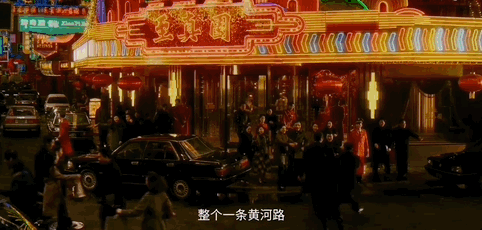
In the ninth episode of the recently aired program A Journey Forward, Hu Ge takes viewers to the Lao Gang Ecological Environmental Base (shortened as Lao Gang Base). This not only provides a unique "check-in" idea for those concerned about the Earth but also offers an alternative route to follow in Hu Ge's footsteps, experiencing the "new fashion" of waste sorting in Shanghai and feeling the charm of green living.
A Journey Forward is a large-scale environmental public welfare documentary produced jointly by Shanghai Media Group and Bilibili. Each episode focuses on different environmental issues, attracting widespread attention and discussion among many viewers.
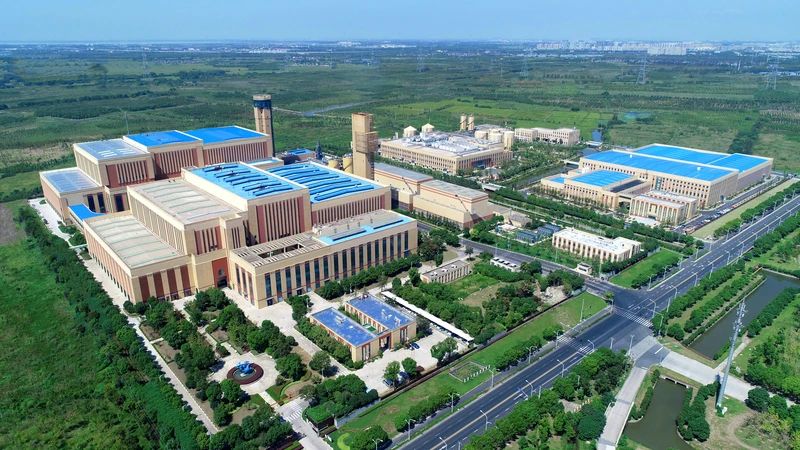
Lao Gang Base / Image Source: Internet
01
Boss Hu's Soul Question: What Is the Significance of Strict Waste Sorting?
Mr. Shi, who was born and raised in Lao Gang, recalls that the odor from the landfill used to trouble the residents nearby. Whenever he heard others say his hometown was a "garbage wharf," it was not a pleasant feeling. Today, upon entering the Lao Gang Base, one sees nothing but green trees, grasslands, lakes, and wild birds. The former "garbage wharf" has transformed into a "smart factory" and an "ecological garden," listed as a national-level eco-industrial tourism base.
Every day, nearly 20,000 tons of various types of waste enter Lao Gang, and then they are converted back into resources and energy for our daily lives. Here, waste is "turned into treasure" in the "smart factory."
Many people, like Hu Ge, might have similar questions: Where does recycled waste go? What is the significance of strict waste sorting?
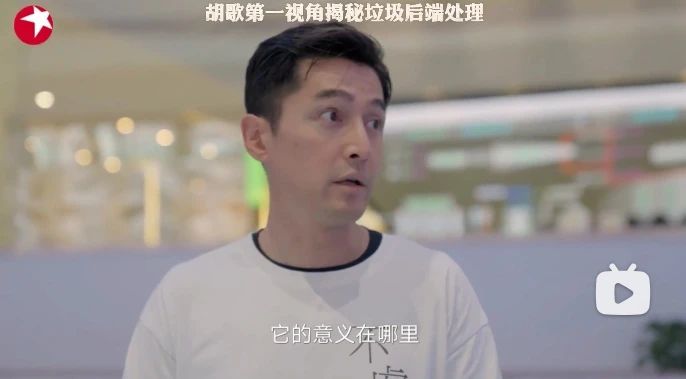
A Journey Forward / Image Source: Internet
Most people's understanding of waste disposal may still be vague, like "burning everything in one big fire" or "covering everything with soil."
However, after receiving strictly sorted waste, the gears of fate start to turn. The "Lao Gang Base" sheds the negative label of "waste" and assigns them to their next role in life.
Dry waste is destined for incineration to generate electricity. For every ton of dry waste burned, approximately 0.81 tons of carbon emissions are reduced. Wet waste is handled by "black soldier flies," which can be used for composting or biogas production. For every ton of organic soil produced, about 0.86 tons of carbon emissions are reduced. (Data source: Shanghai Green Account)
Recyclables are even more useful. As long as we sort them correctly, they can all become carbon reduction heroes, turning into essential items in our daily lives such as clothing, food, housing, and transportation!
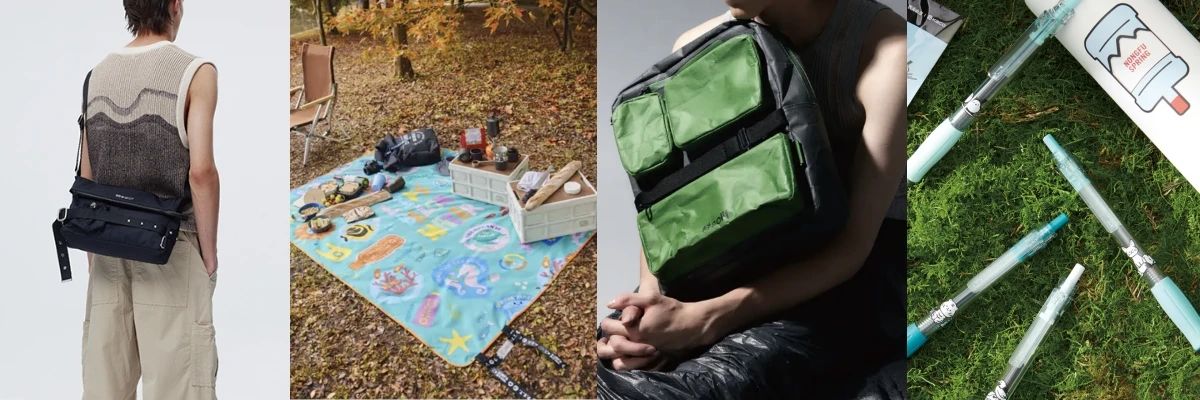
Low-carbon Hero Mall products made from recycled materials / Image Source: Carbonstop
Therefore, the finer the front-end waste sorting, the greater the opportunities for waste to be "reborn," and the more significant the carbon reduction effect at the back end.
02
Eating Everything, Even Leftovers and Rotten Fruits and Vegetables
Wet waste is probably the most troublesome and disliked category in everyone's daily life.
With the rapid development of the catering industry, the production of food waste has increased significantly, reaching 110 million tons in 2021, with a daily volume of about 301,800 tons. In the past, when food waste was mixed with household waste, it could only be disposed of by landfilling, incineration, or fermentation, causing secondary pollution and occupying land resources.

A Journey Forward / Image Source: Internet
At the Lao Gang Base, you will meet some new friends with small bodies but great power. They treat our leftover meals and rotten fruits as gourmet feasts.
Yes, these are the "black soldier flies" mentioned earlier! What exactly are they?
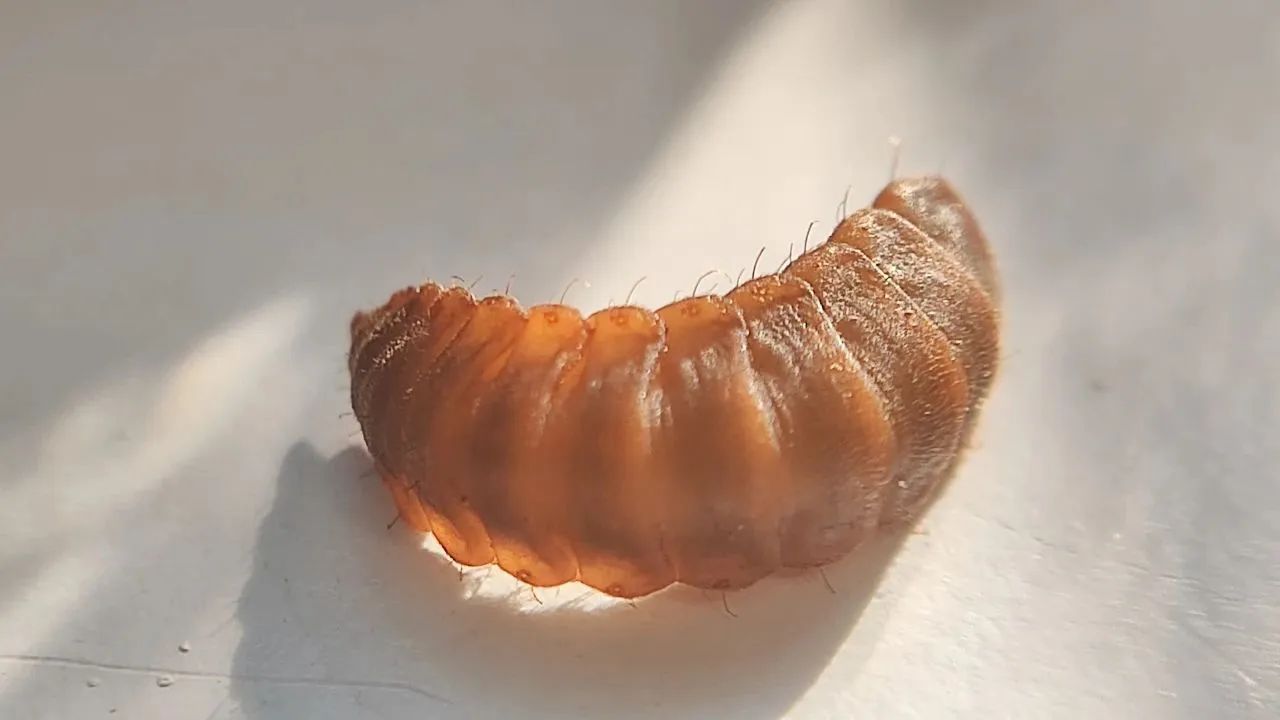
Black Soldier Fly Pre-pupa / Image Source: Nature Creates
This soft and squishy creature is the "black soldier fly."
It is a resource insect that specializes in eating easily decomposable organic matter such as food waste and plays a crucial role in the recycling of agricultural waste and feed supply.
Black soldier flies completely consume and convert kitchen organic waste, achieving zero discharge of wastewater and sludge, further reducing environmental pollution risks. It is reported that black soldier fly larvae can eat continuously for 24 hours when there is sufficient food, undergoing a 6 to 8-day "binge-eating" period during which they can consume up to 200 times their body weight in wet waste, increasing their own weight by dozens of times. One kilogram of larvae can process 10 tons of food waste.
At the same time, they transform food waste into a rich source of insect protein, providing fresh feed for animals, and their excrement can be used as highly functional biofertilizers.
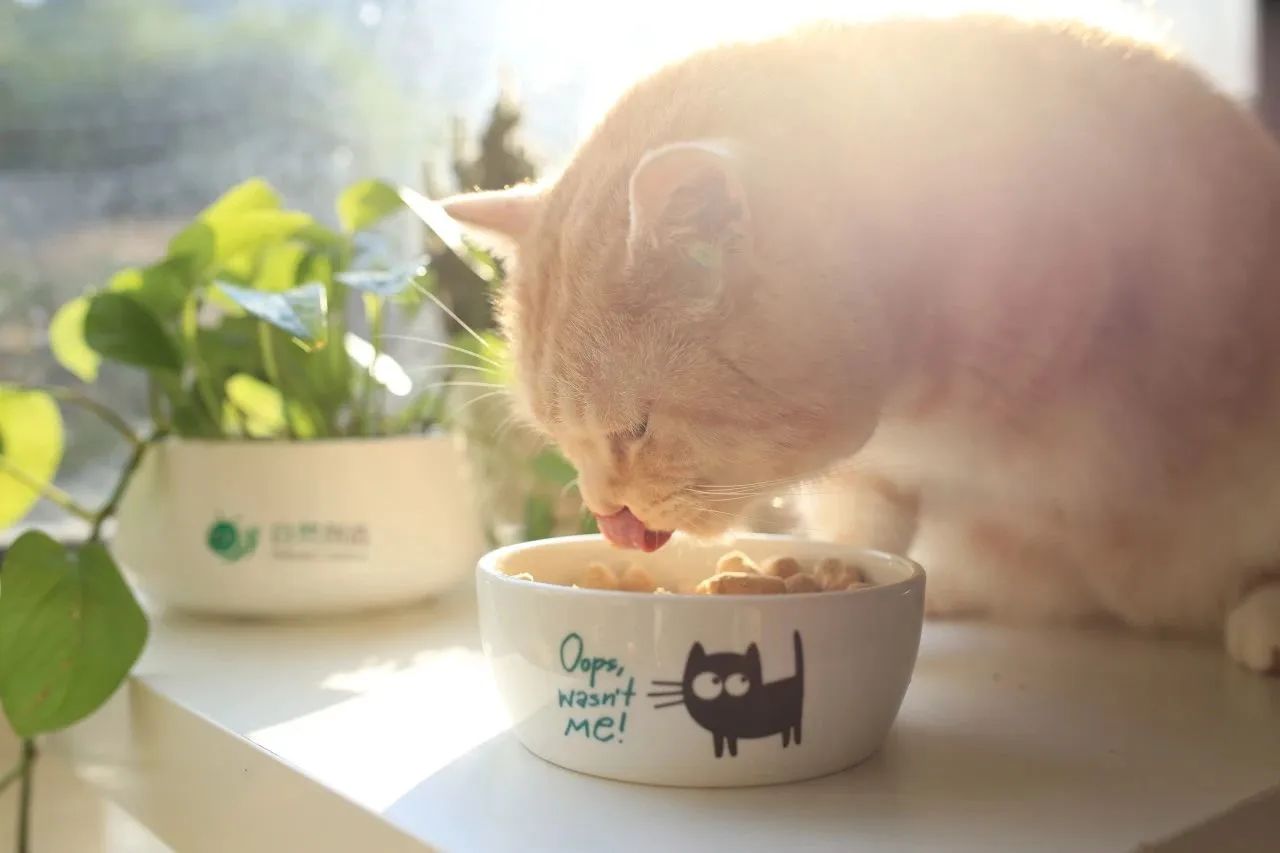
Cat Eating Black Soldier Fly Cat Food / Image Source: Nature Creates
These adorable insects work tirelessly, willingly being squeezed for their labor value.
03
The Last Mile for Insects
"When people discovered that black soldier flies could handle food waste and serve as a protein source, producing high-value-added products, a complete industrial chain centered around this little insect began to develop quietly and gained popularity."
Abroad, "eating insects" has already formed a complete industrial chain. The EU previously allowed certain insects to be listed as resource insects, greatly promoting the application of insect protein in animal feed. Besides animals, insects have also made their way to human tables, with insect restaurants offering cricket pasta, black soldier fly protein milk, insect seasonings, insect protein bars, and black soldier fly protein ice cream.
Nature Creates is one of the earliest companies in China focused on the industrial development of black soldier flies, specializing in the entire insect protein industry chain. In 2021, they developed insect protein and formulas that met pet food standards and launched their own brand, "Insect Plan" — black soldier fly insect protein dog food.

Dog and Food / Image Source: Nature Creates
Cai Wei is the "product manager" of the pet food. She studied plant protection at China Agricultural University and later chose organic agriculture and food systems for her master's degree in Germany. With a scientific experimental spirit rooted in her genes, she and her team repeatedly prototype and test before launching a product, with each product going through over 10 iterations.
"In the wild cat's diet, insects make up about one-third. Besides protein, black soldier flies are also rich in chitin, lauric acid, and antimicrobial peptides." During the team's experiments, they found that cats fed with insect protein cat food had noticeable improvements in soft and smelly stools.
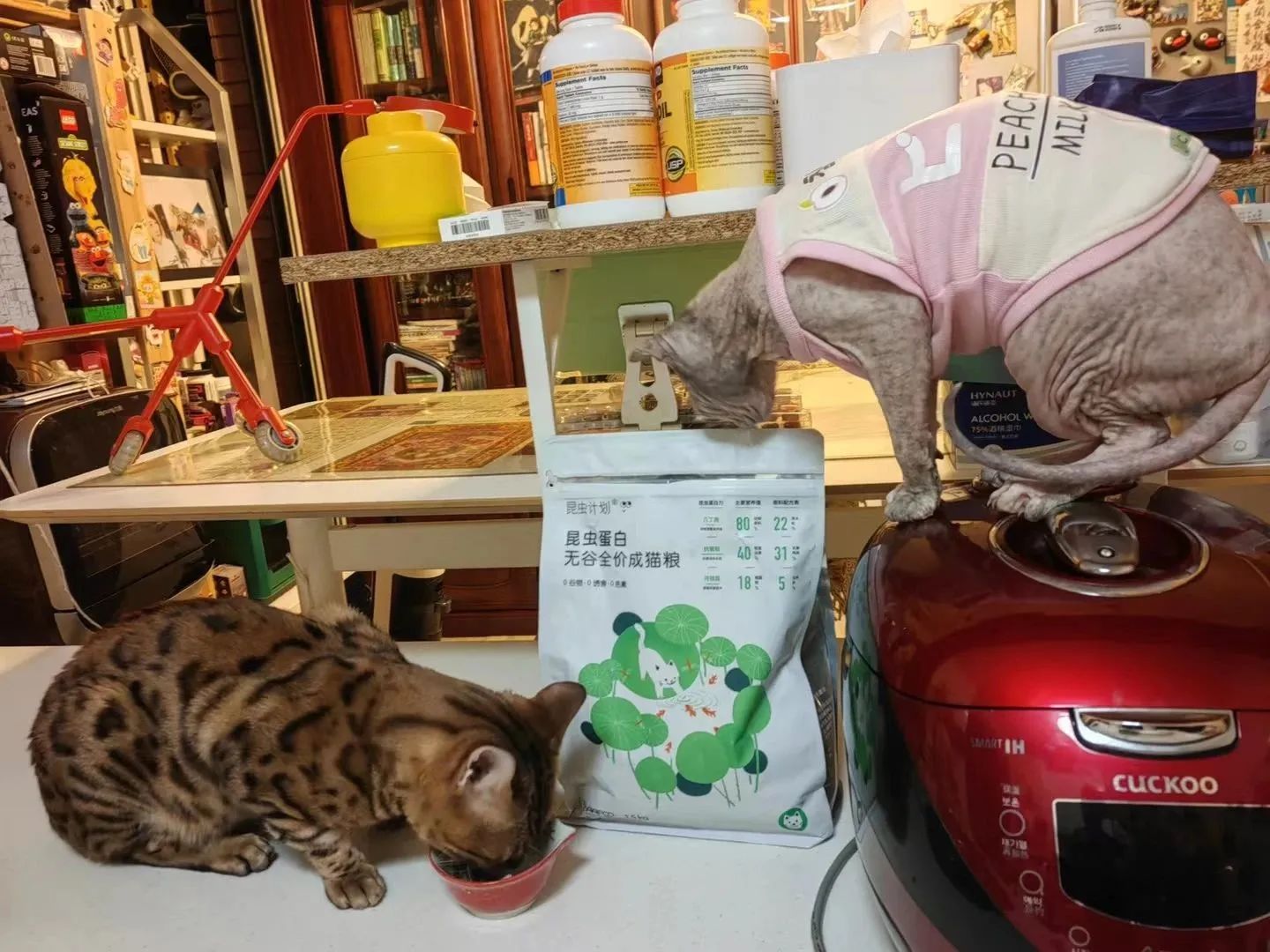
Cat Eating Black Soldier Fly Cat Food / Image Source: Nature Creates
After completing their primary task of processing food waste, black soldier flies transform into unique sources of insect protein, providing balanced nutrition and lower carbon footprints with higher resource utilization efficiency. As a natural and renewable ingredient, their breeding process has minimal environmental impact.
Studies show that to produce the same amount of protein, insects require only one-eighth of the farmland needed for cattle ranches, one-fifteenth of the water required for cattle, and can reduce greenhouse gas emissions by 6 to 13 times. From all perspectives, this aligns with the concept of sustainable development.
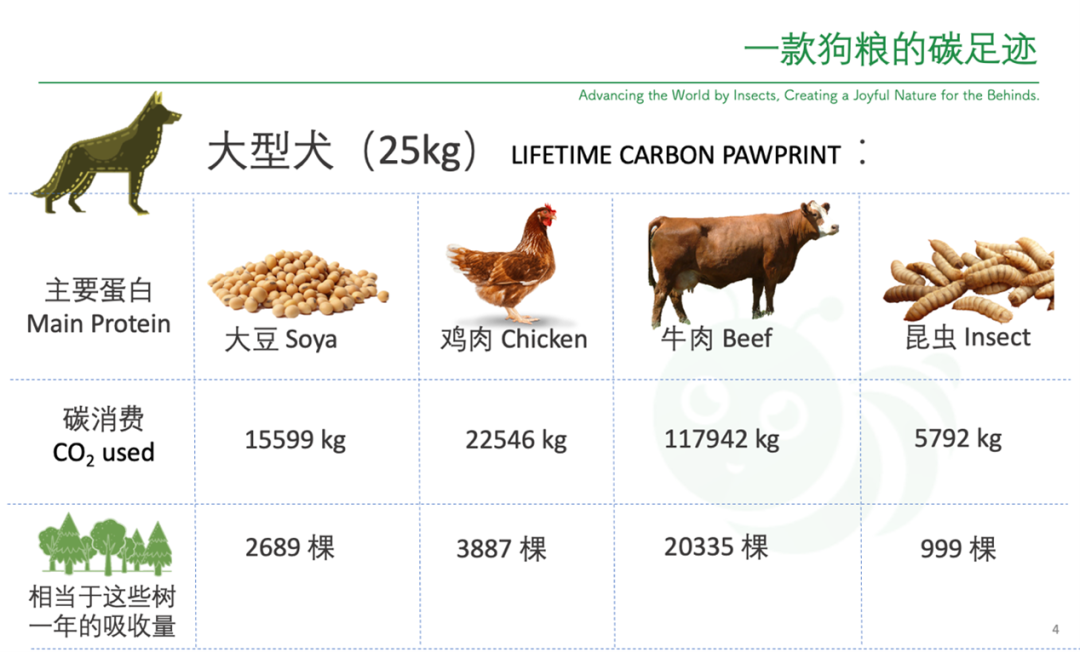
Carbon Footprint Comparison Chart / Image Source: Nature Creates
This aligns with Carbonstop's mission.
Last year, we partnered with Nature Creates to launch multiple pet foods on the "Low-carbon Hero" platform. As enterprises committed to carbon reduction, we hope to showcase these "sparks" to more people.
"We care about your pets, and we care about this planet."
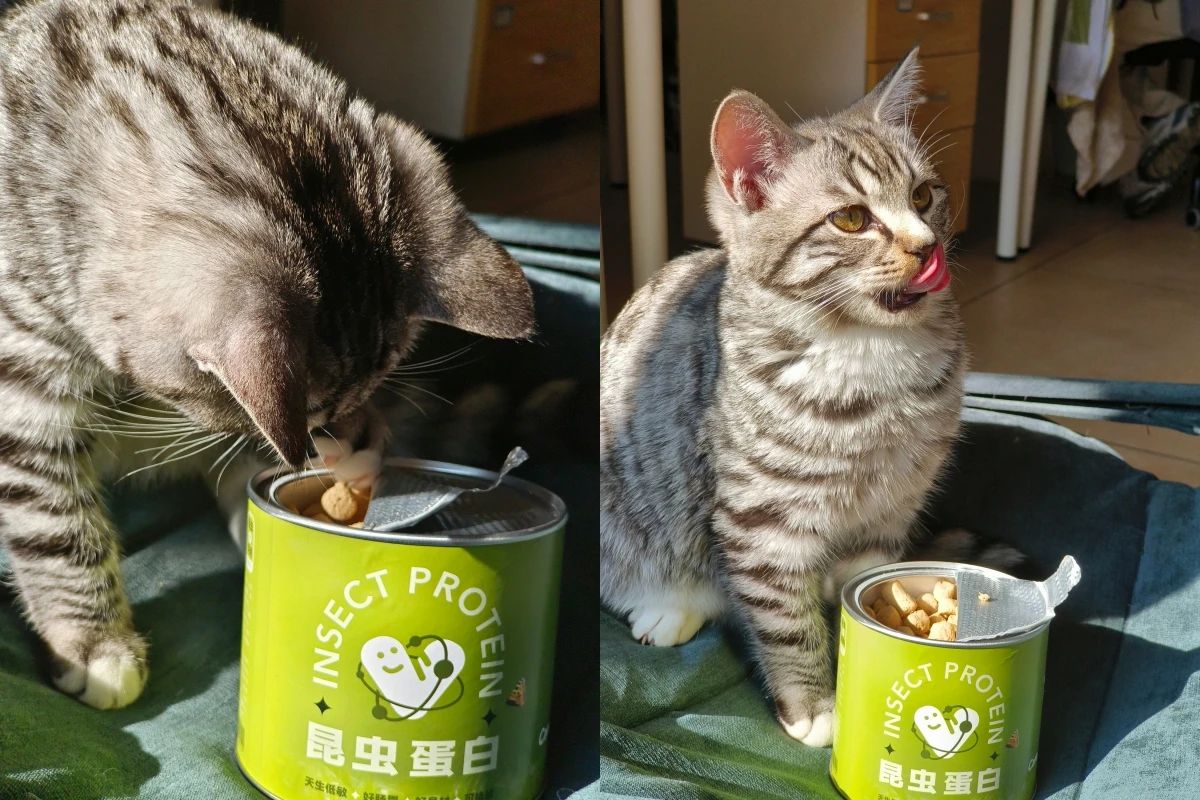
Cat Eating Black Soldier Fly Cat Food / Image Source: Nature Creates
According to estimates, feeding your cat a 1.5 kg bag of Insect Plan cat food reduces carbon emissions by the equivalent of saving 4 kWh of electricity compared to beef-based cat food.
